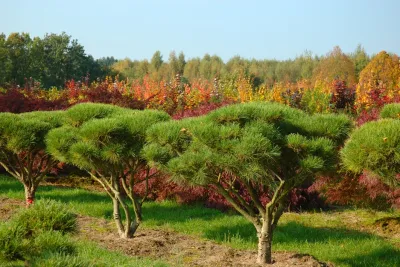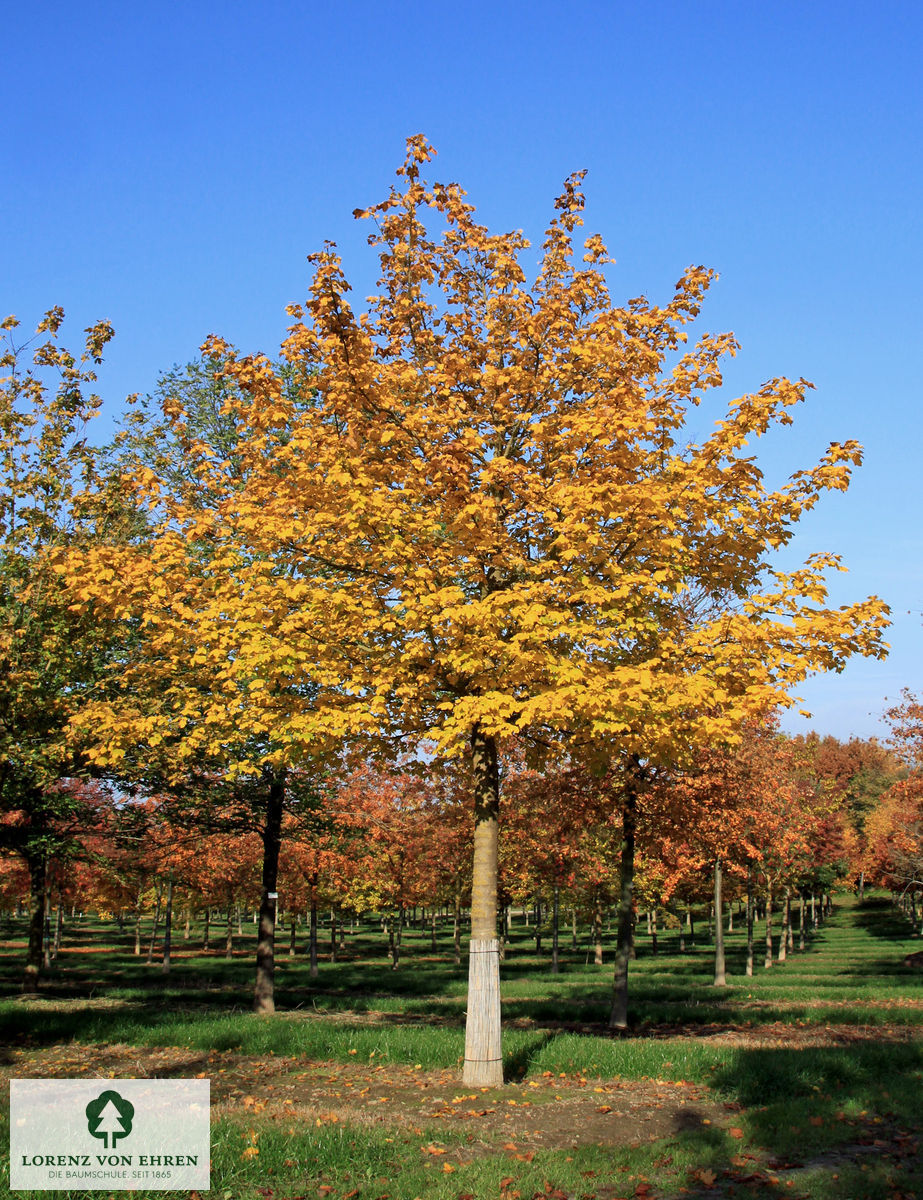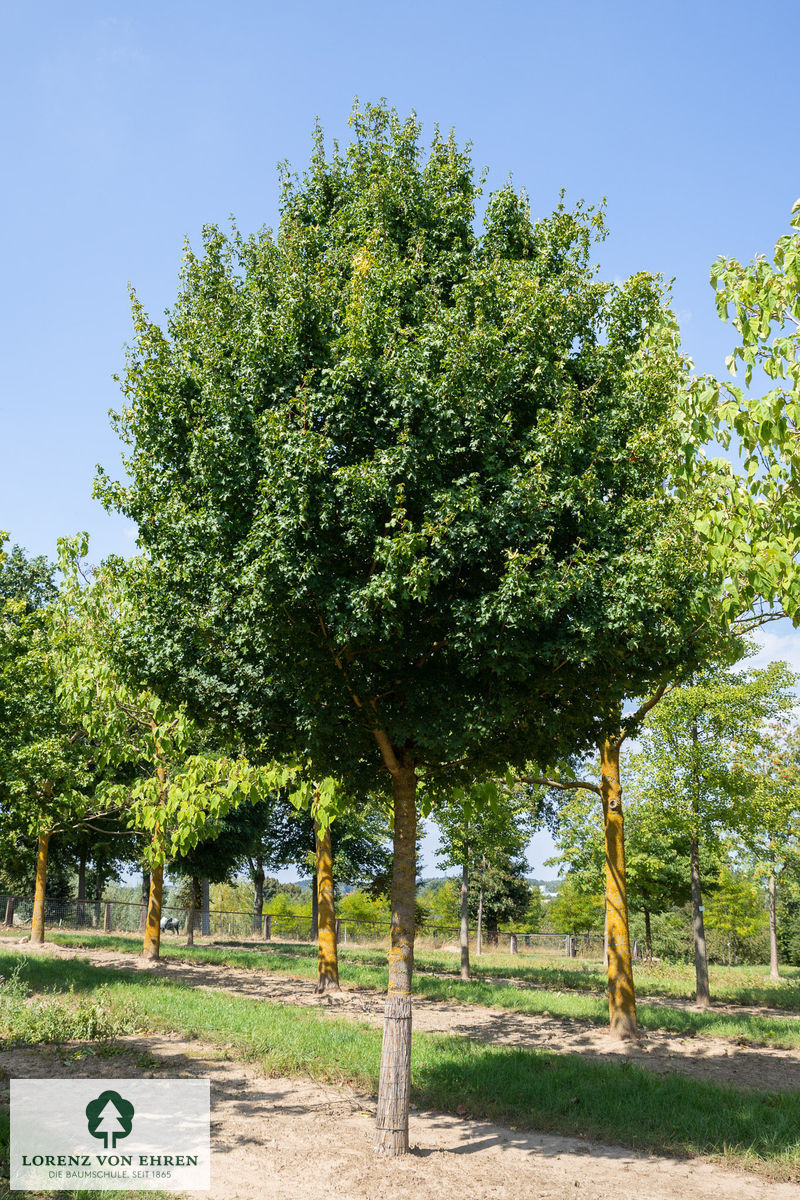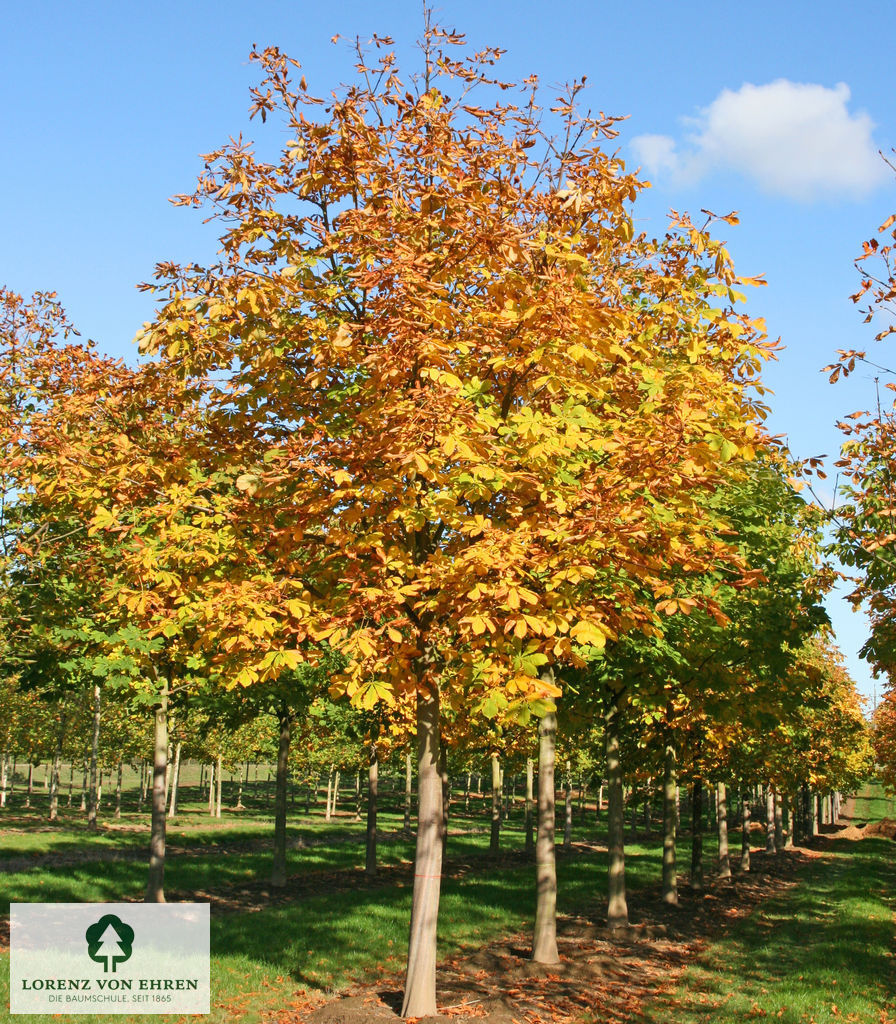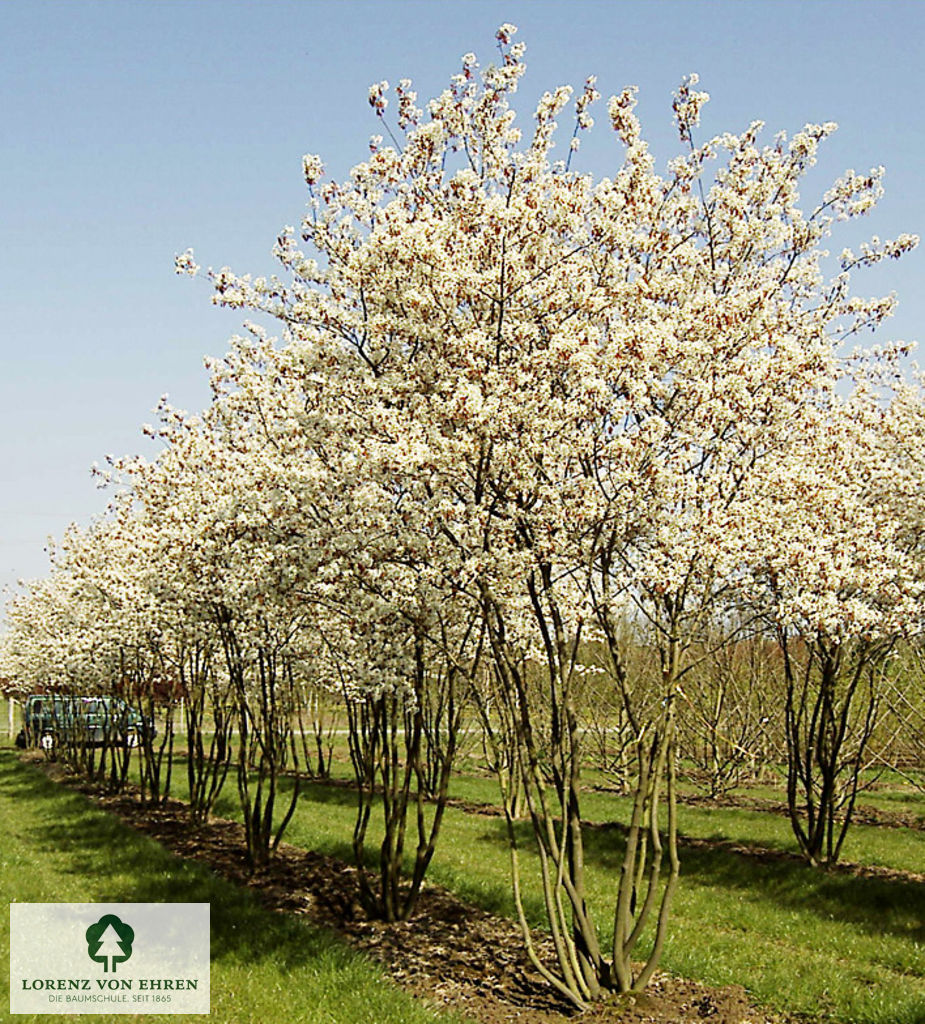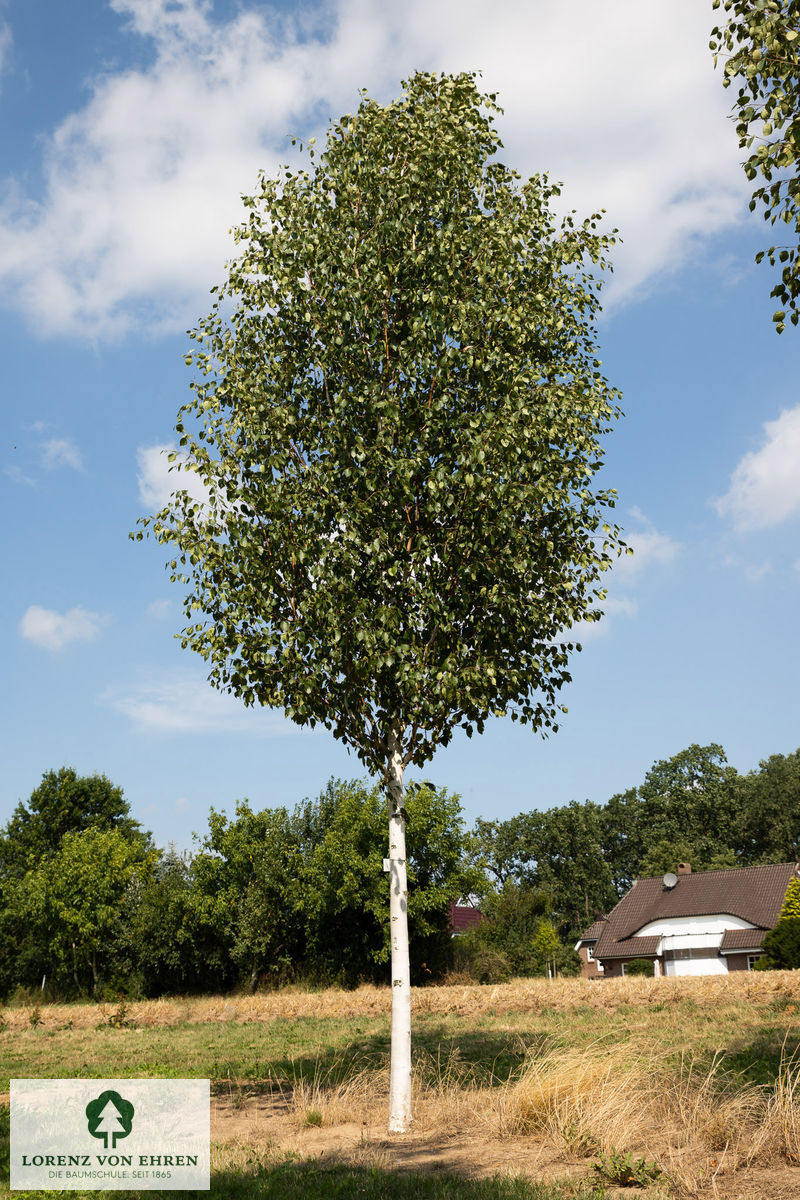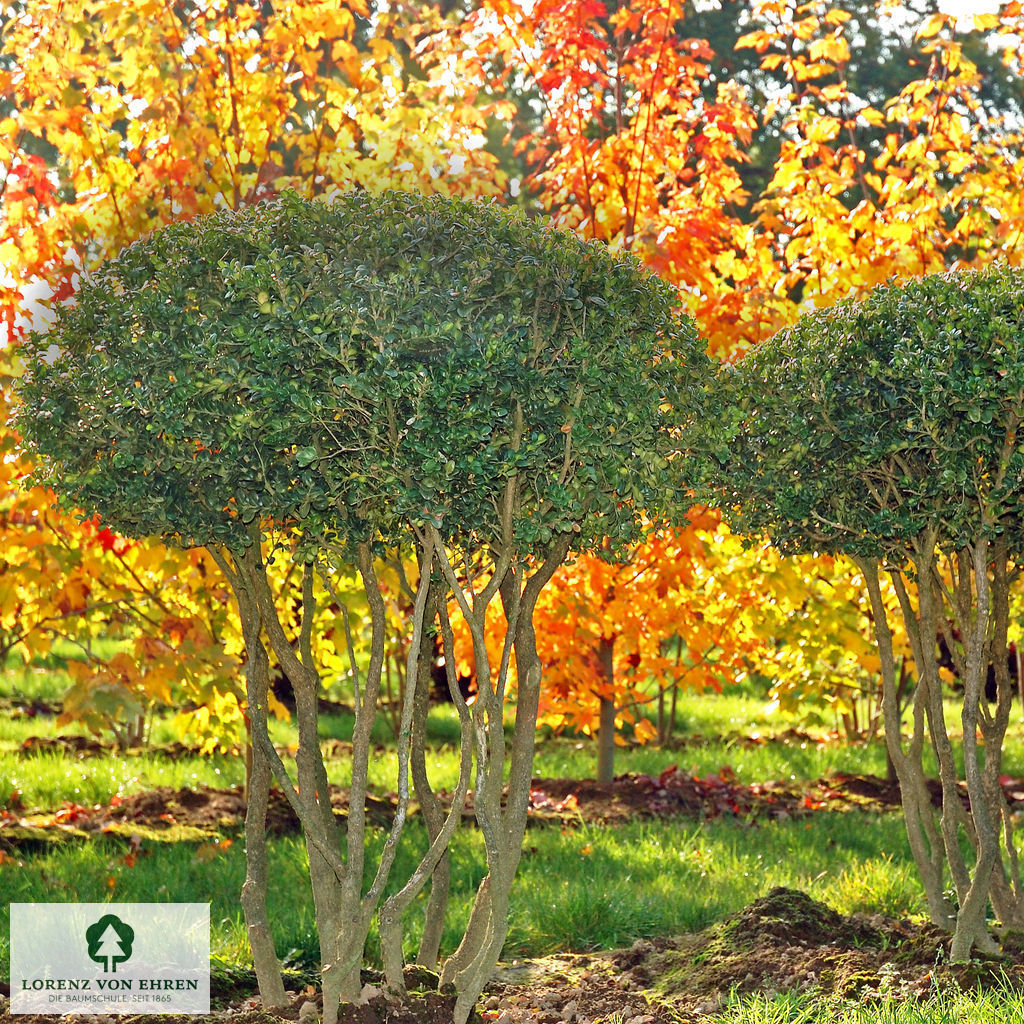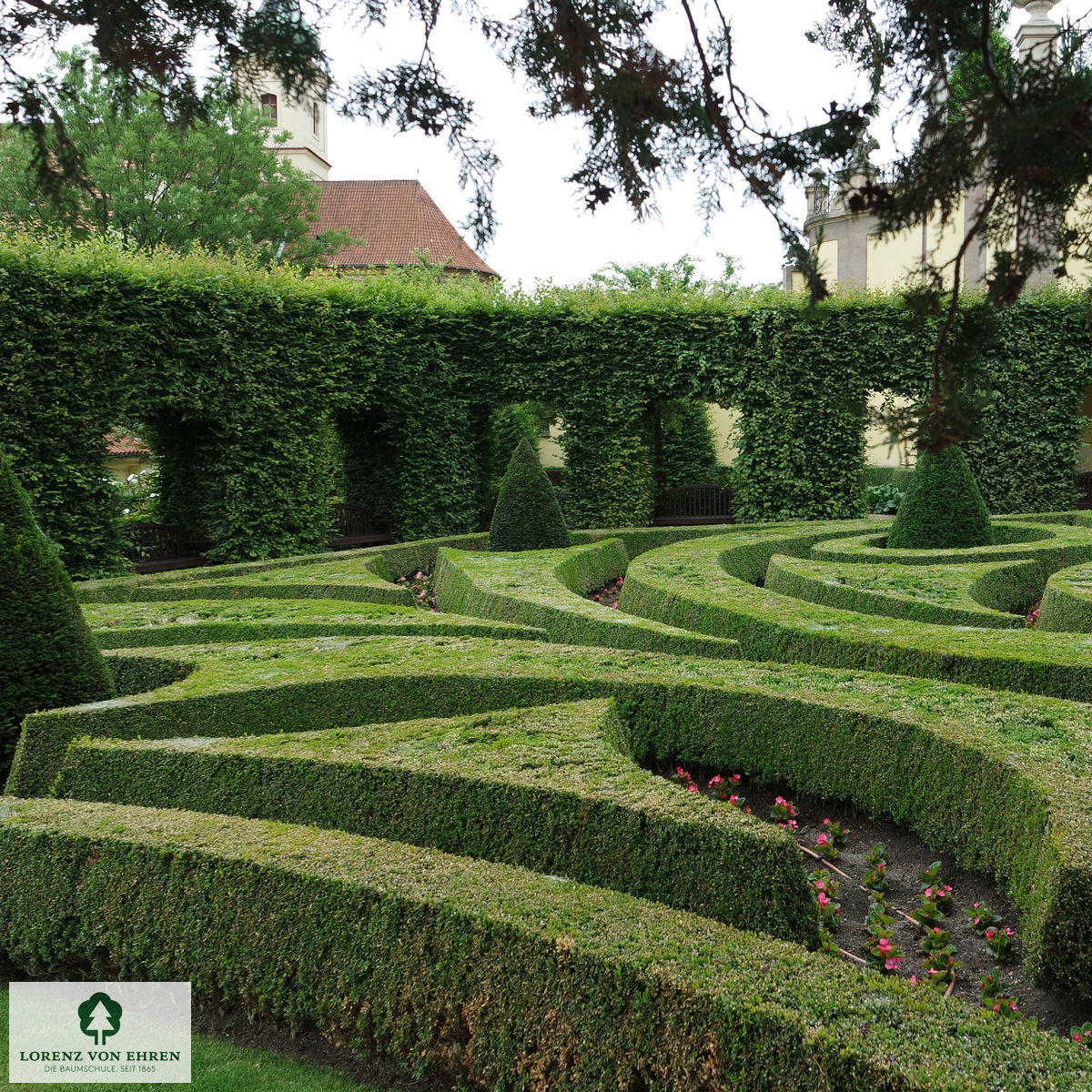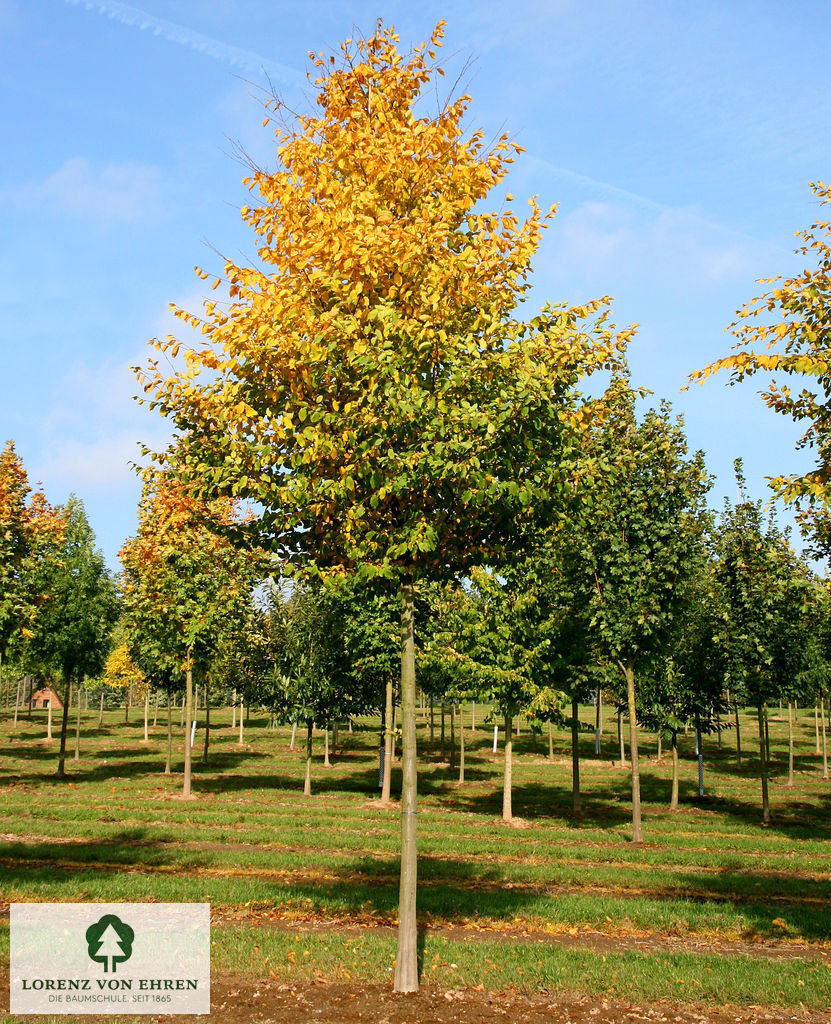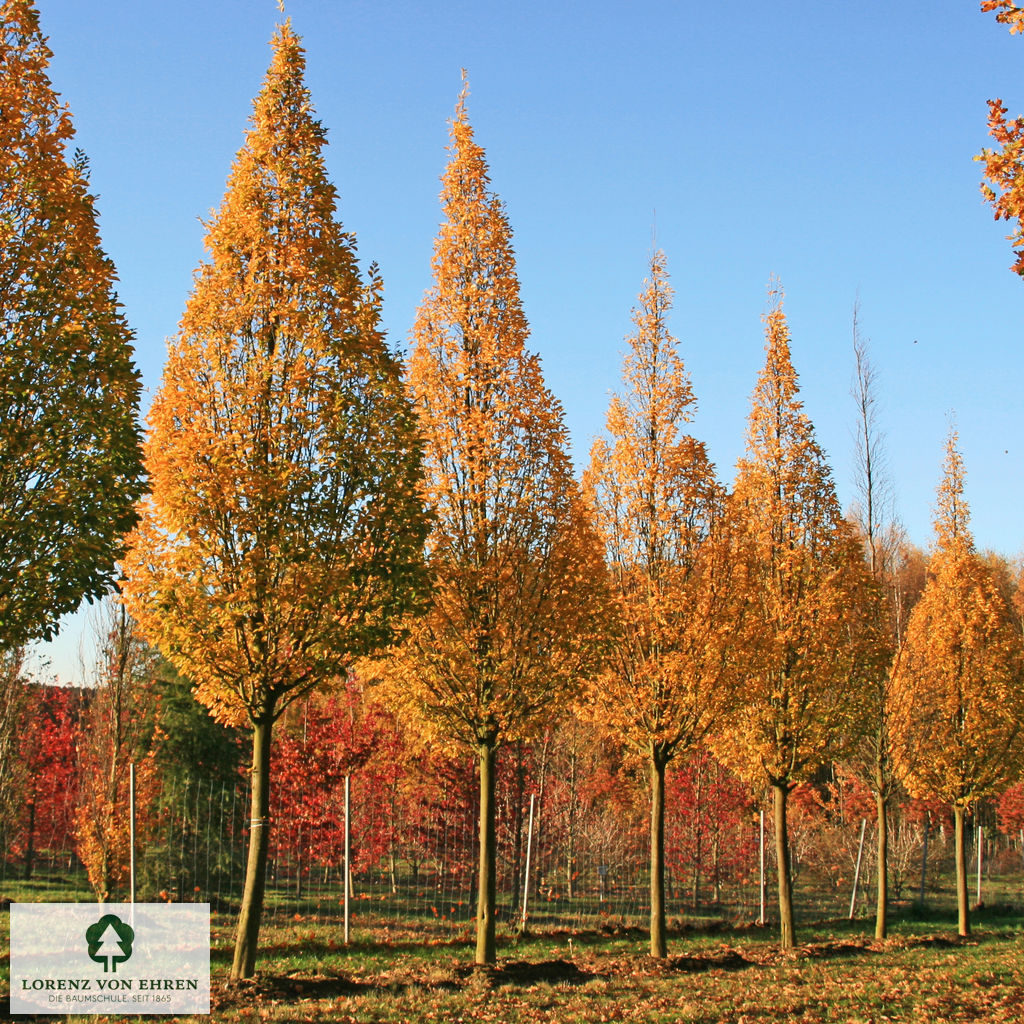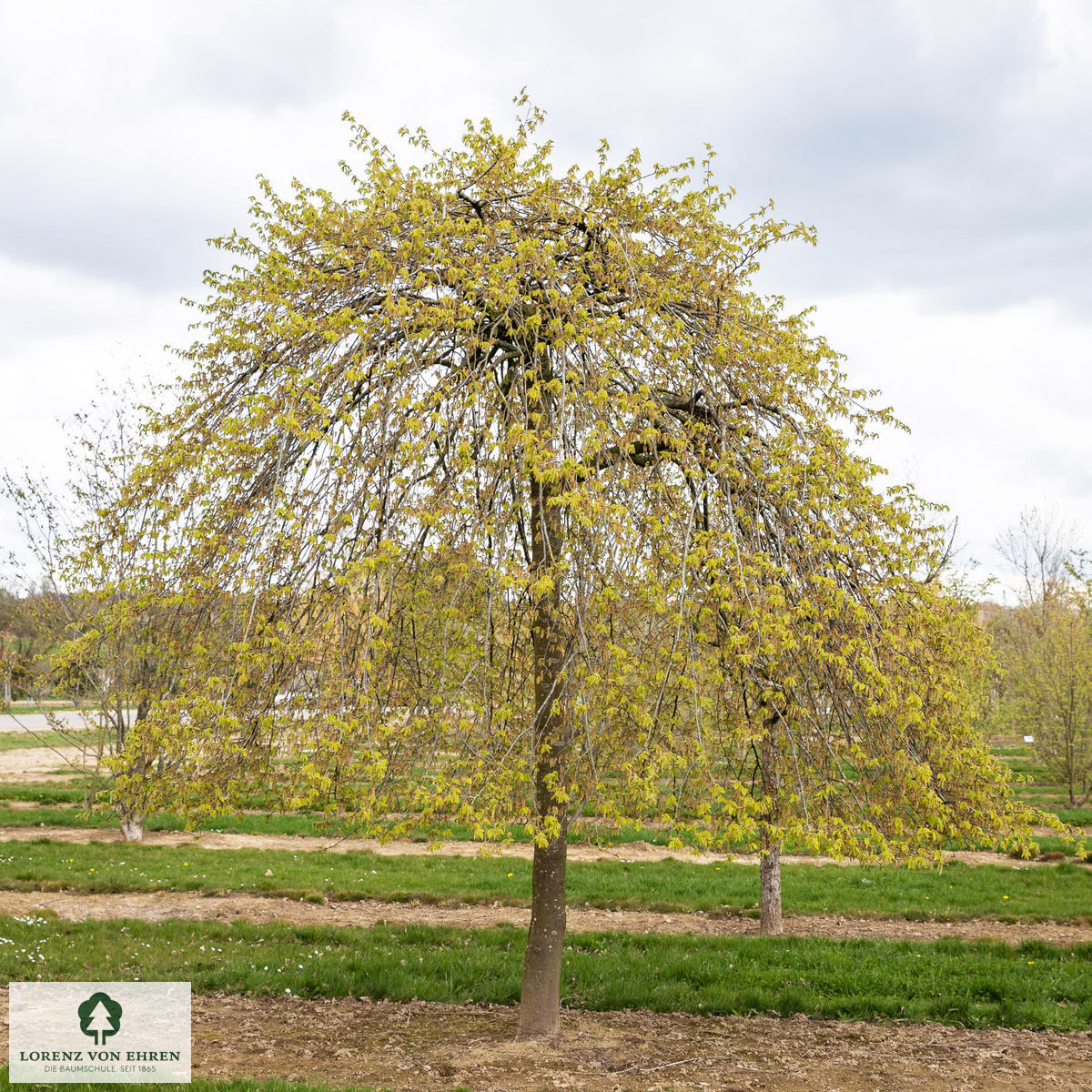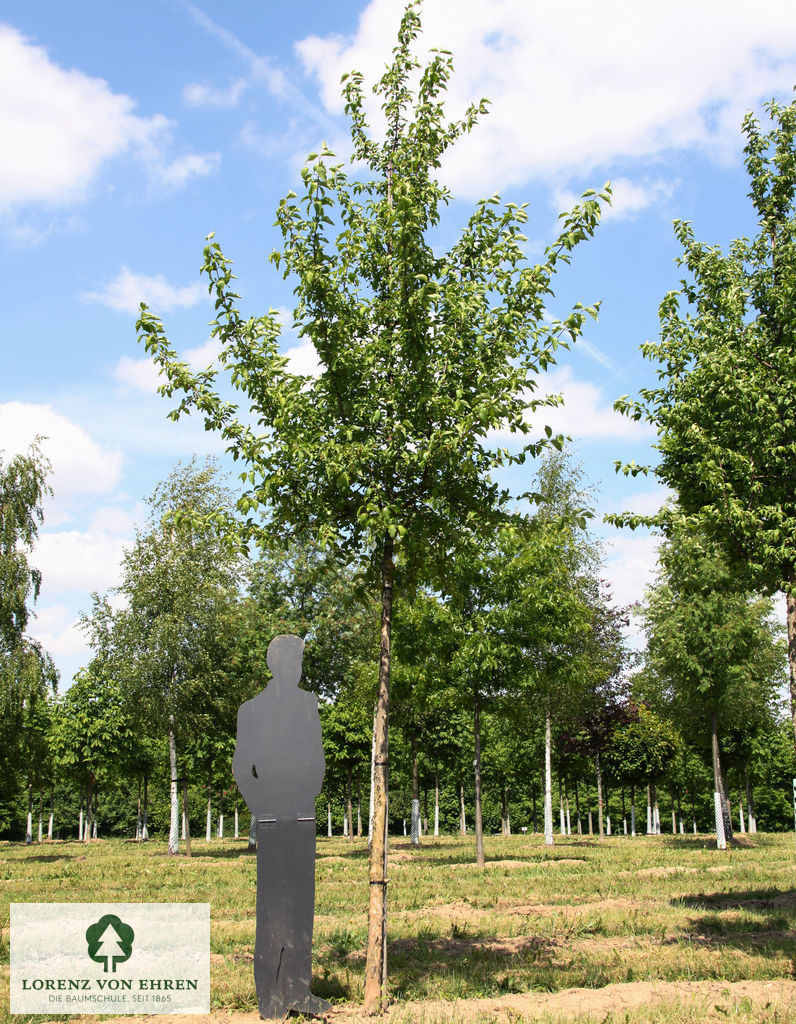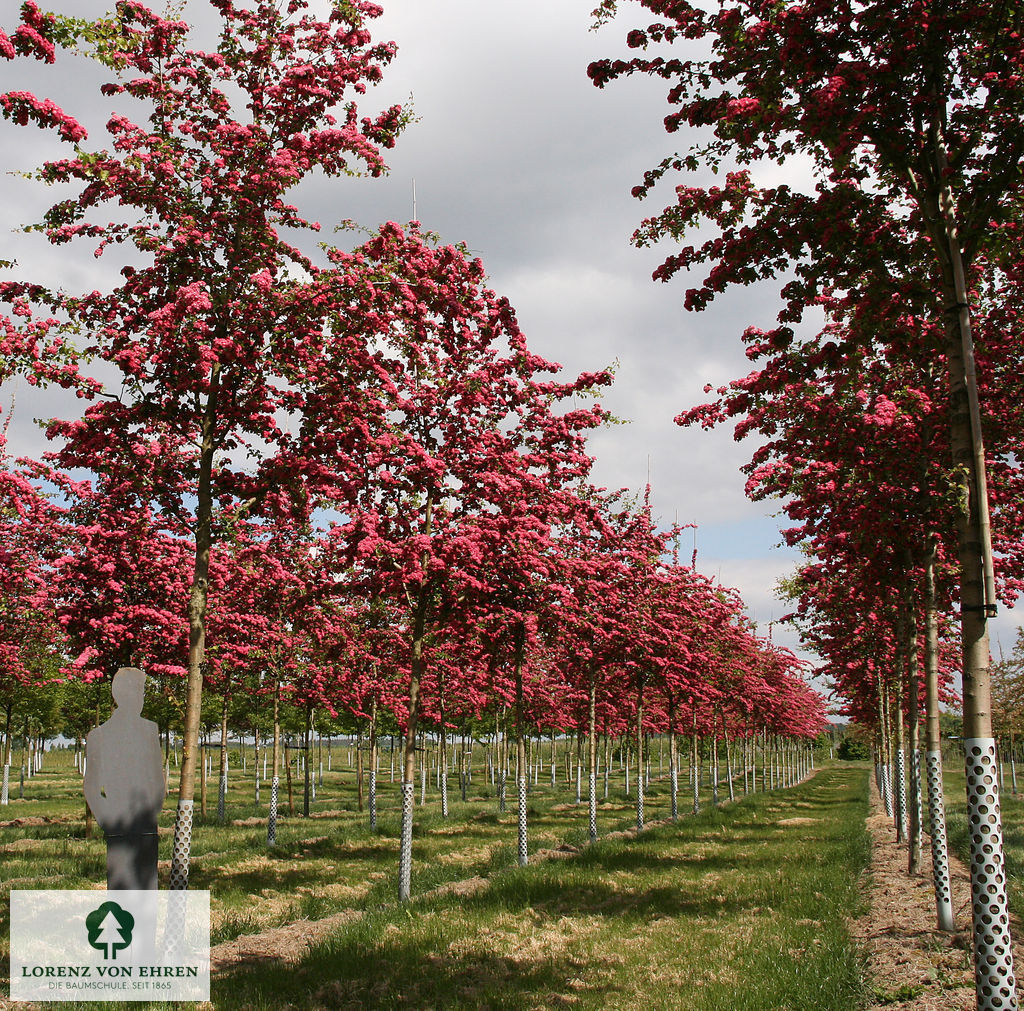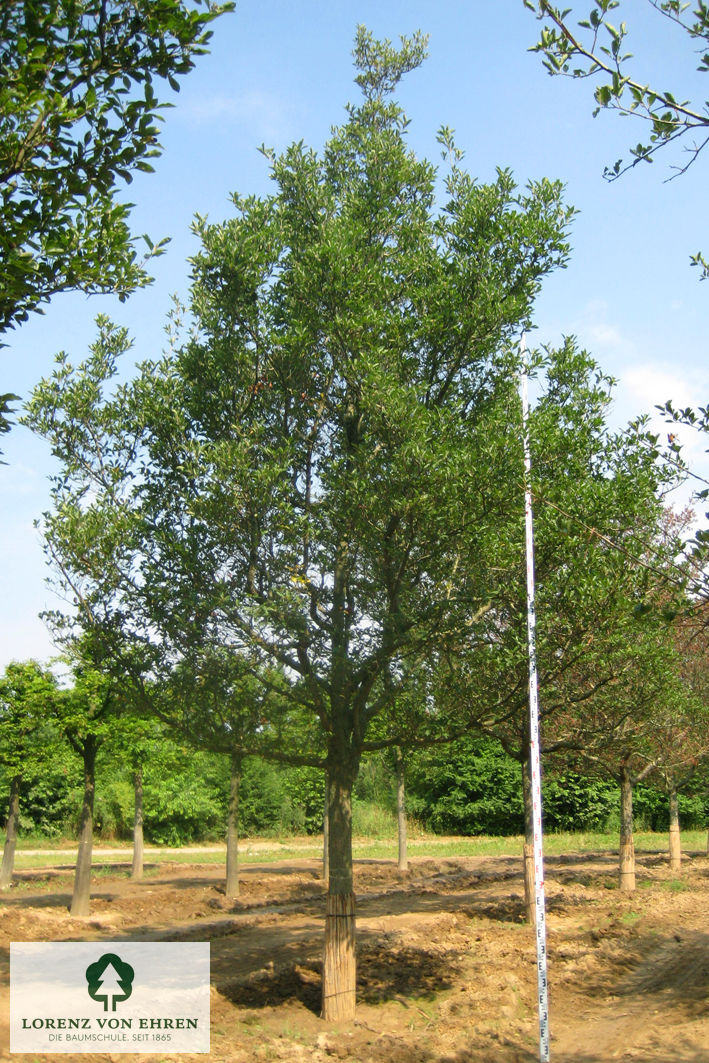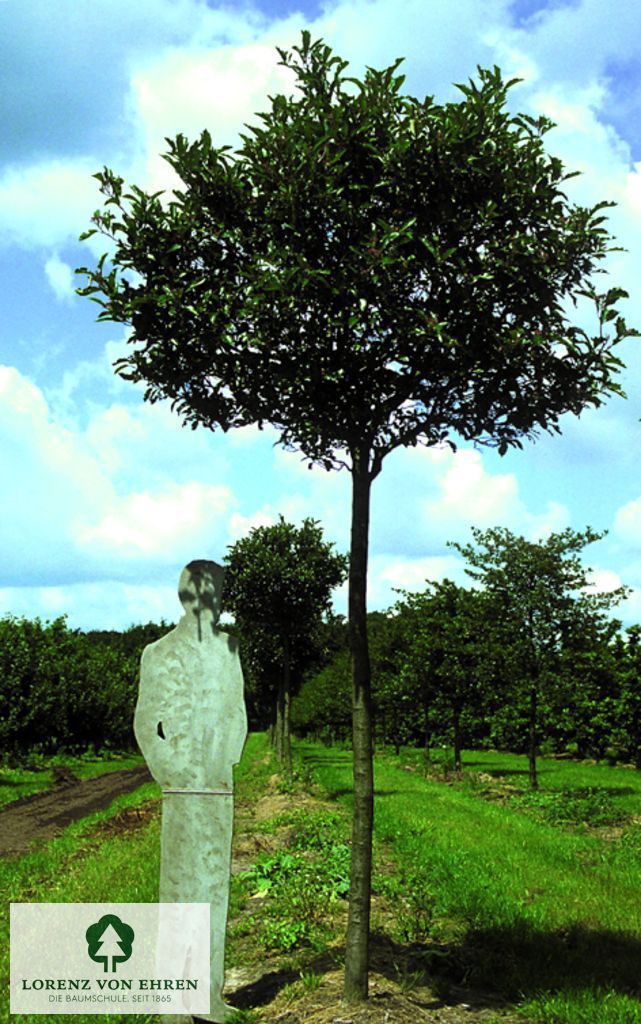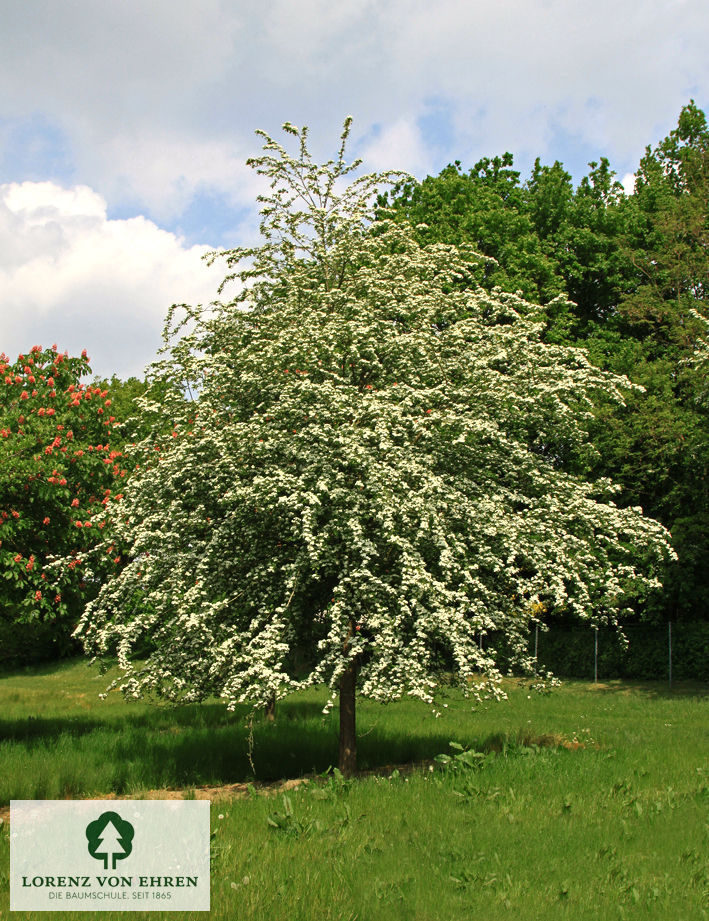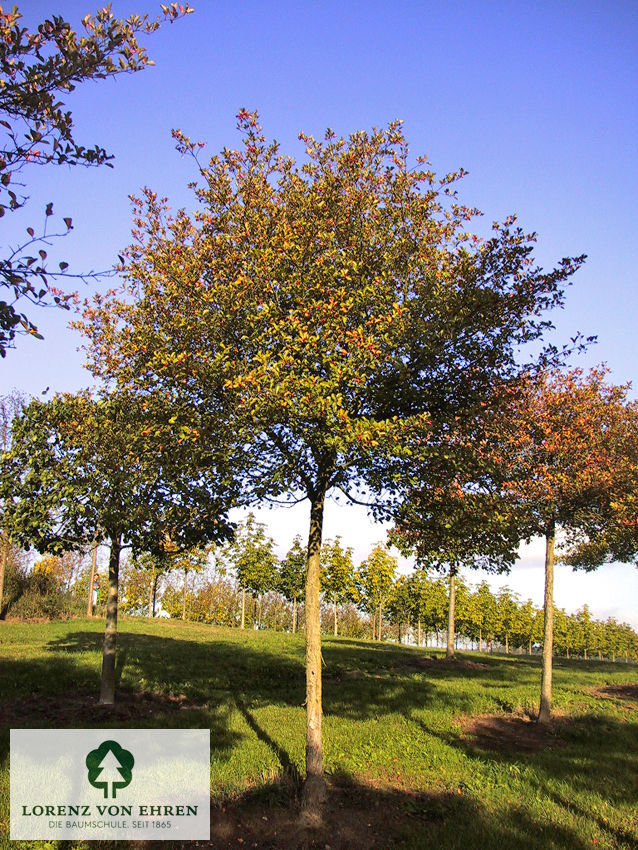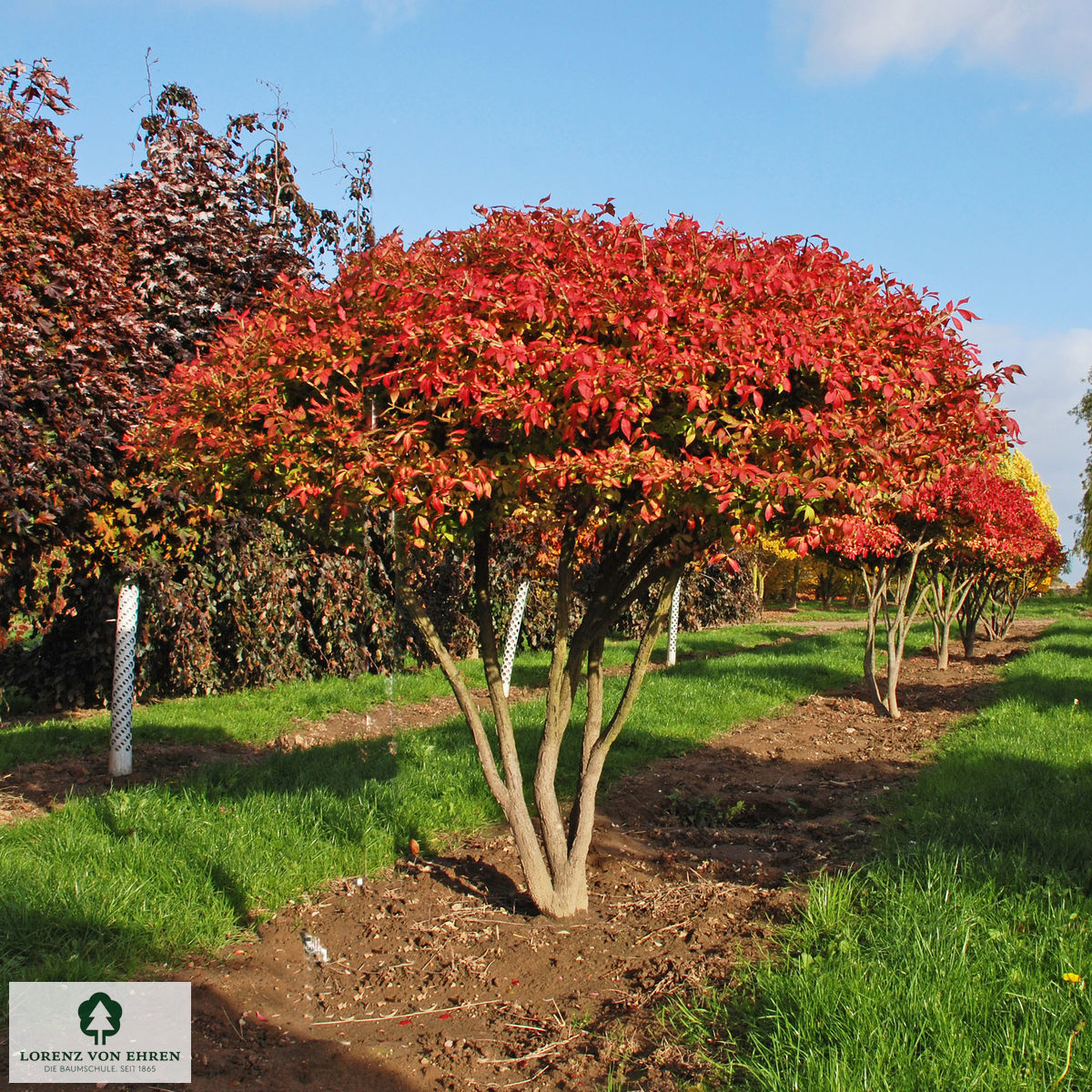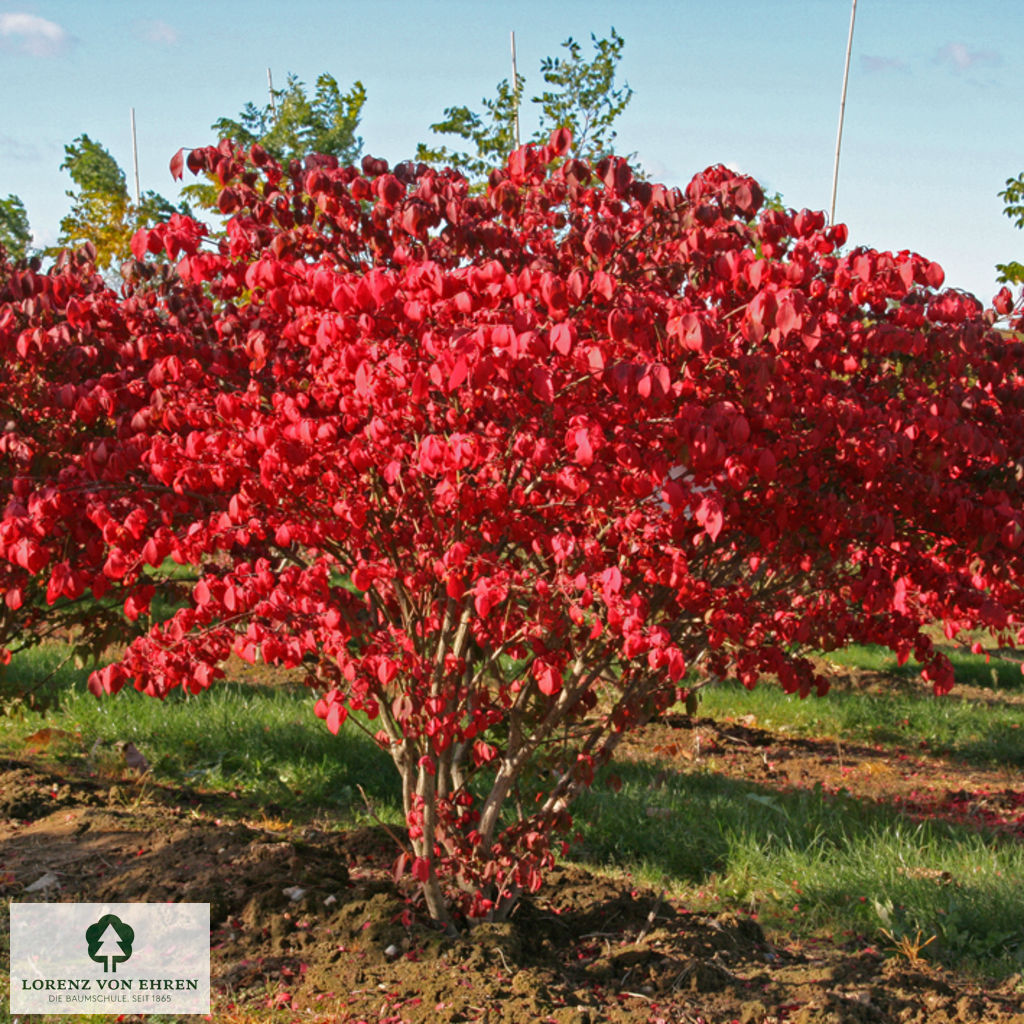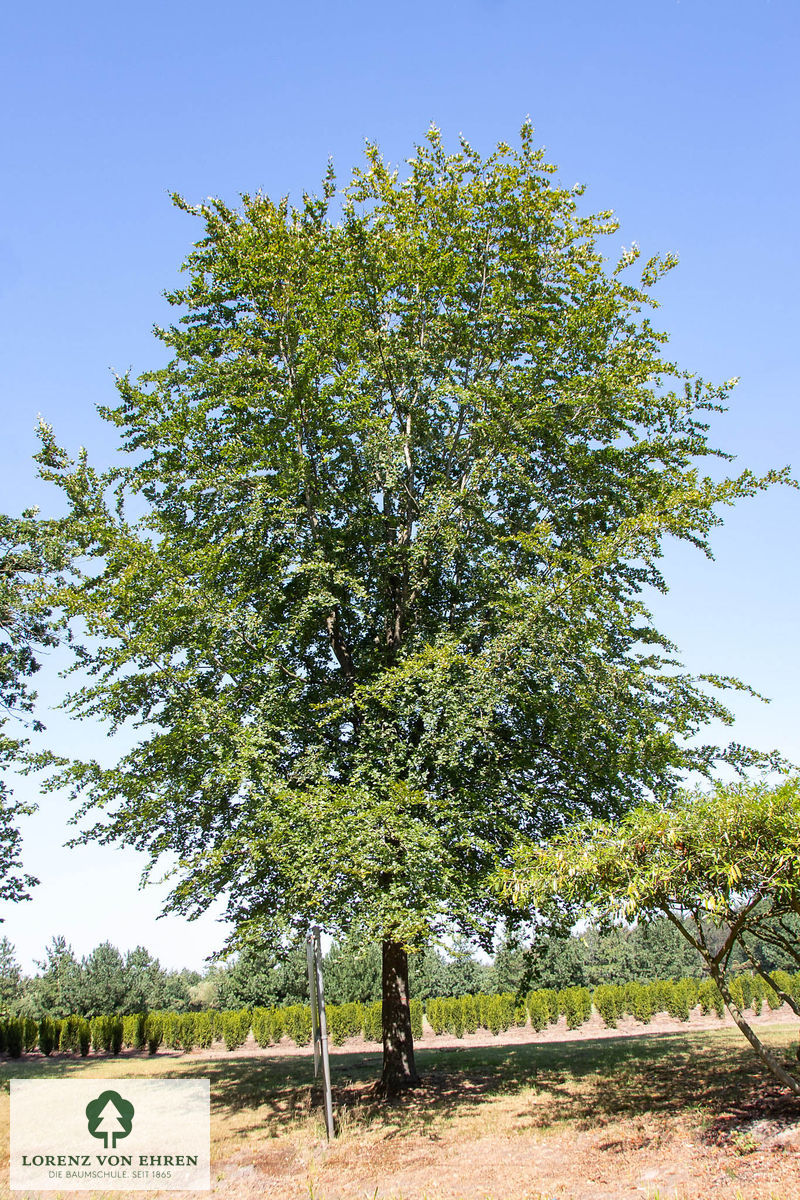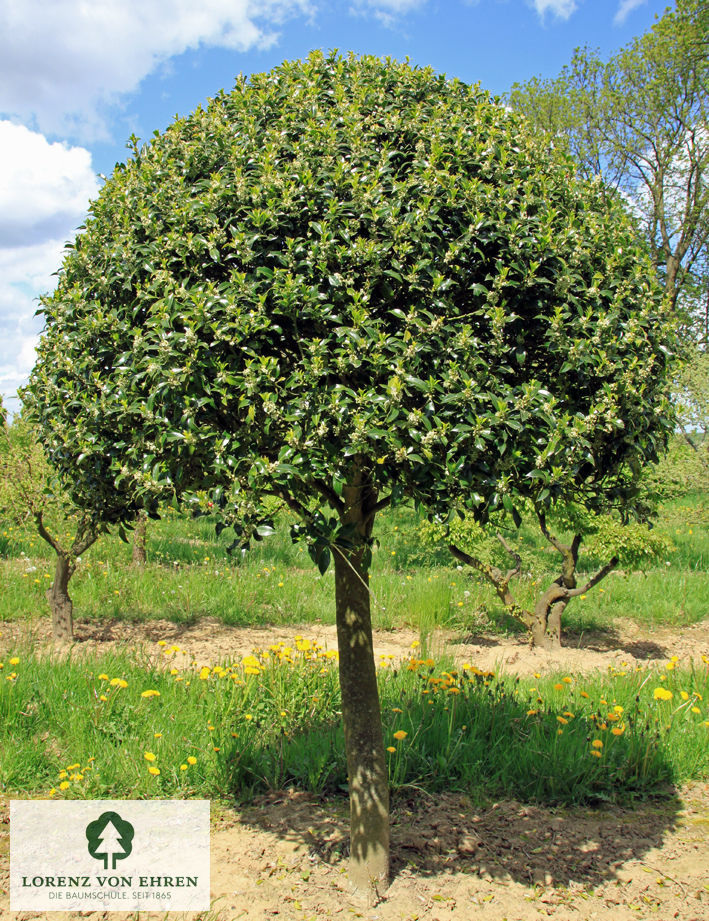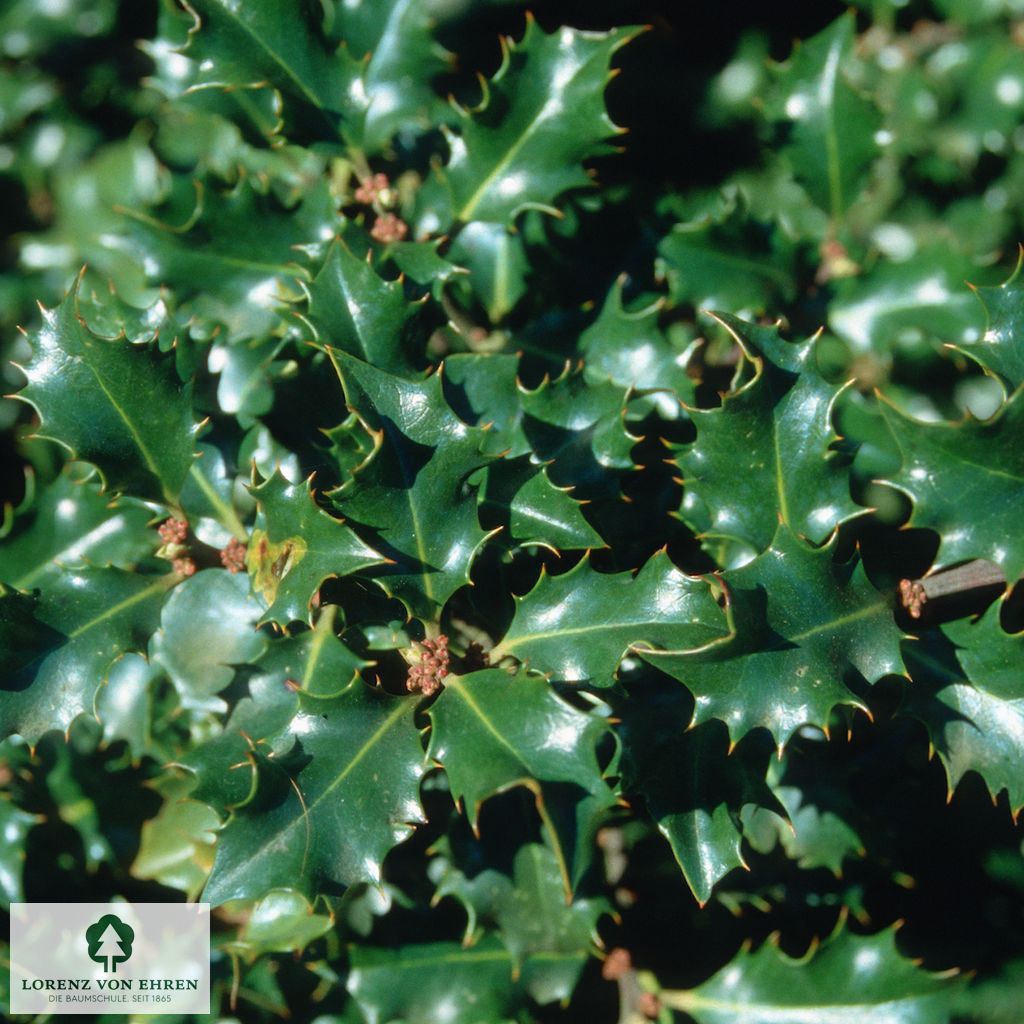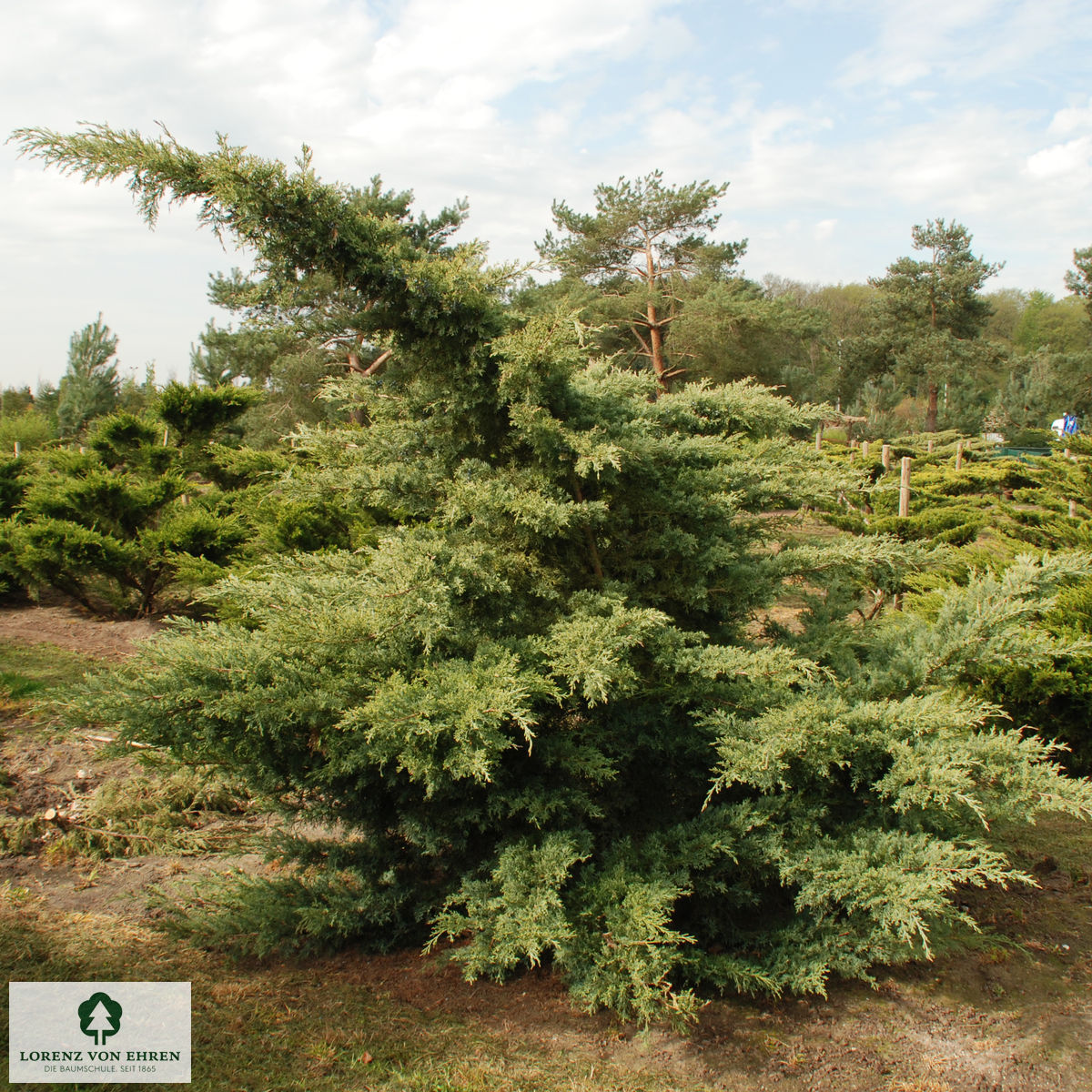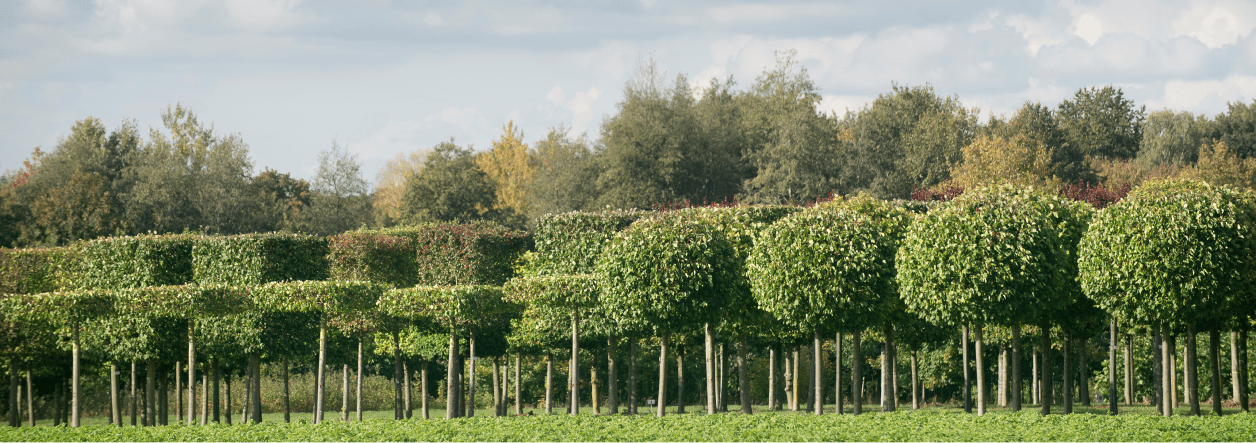
Topiary
Topiaries create atmosphere
Topiary is the high art of giving shrubs an architectural, ornamental or figurative appearance by means of special cutting techniques. The roots of this garden art go back to ancient Rome.
Topiaries are currently experiencing a renaissance, because they not only have individual charisma, but also have a distinct appearance in gardens and parks. Depending on the shape of the topiaries, they bring peace or movement into the garden room. Cones and cuboids have a static effect. Spirals, waves and curvy hedges exude dynamism. Modern, creative shapes, however, provide space for ideas and landscapes evoke longing. Take a look here and buy your topiary!
FAQ - Frequently asked questions
Origin of topiary
Topiary originally comes from the garden art of antiquity. In the gardens of ancient Rome and Greece, woody plants such as boxwood, yew and laurel were pruned into geometric shapes, figures or artistic patterns. In the Middle Ages, this tradition was taken up by monastery gardens and perfected during the Renaissance and Baroque periods, particularly in the magnificent palace gardens of Europe such as Versailles, where trees from the Lorenz von Ehren nursery can also be found.
In antiquity and the Middle Ages, topiary was seen as a symbol of power, wealth and control over nature. Today, topiaries are valued worldwide and can be found in private gardens, parks and public gardens.
Why topiaries?
-
Clear design and structure
Topiaries give outdoor areas a clear structure and divide the garden into different areas. They can serve as visual landmarks, create a harmonious overall impression and demarcate areas. -
Timeless elegance
Thanks to their symmetrical and often ornate shapes, topiary shrubs look timeless and stylish. They fit into both classic and modern garden designs and lend the surroundings an exclusive atmosphere.. -
Wide range of possible uses
Topiaries can be used as hedges, specimen plants or privacy screens. They are also ideal for emphasising entrances, lining paths or framing flower beds. -
Customised design
Shaped shrubs can be used to realise personal design ideas. From simple geometric shapes to elaborate figures, anything is possible. They offer an opportunity to express your creativity and personalise your garden. -
Variety of plant species
There is a large selection of woody plants that are suitable for topiary. This means that different textures, leaf colours and sizes can be combined to create varied and unique designs.
Care of topiary
The right time
- Spring and late summer: Most topiaries should be pruned twice a year - once in spring (April/May) and a second time in late summer (August/September). This maintains the shape and stimulates growth.
- No pruning in frost: Never prune in frost or extreme heat, as this can damage the plant.
Suitable tools
- Use sharp, clean cutting tools such as hedge shears or topiary shears to achieve clean cuts and prevent injury to the plant.
- Hand shears or electric precision shears are ideal for fine contours or small topiaries.
Pruning technique
- Proceed step by step: Cut in small steps in order to accurately rework the shape. Be careful not to cut off too much at once.
- From the outside in: Start at the outer shape and work your way inwards to achieve the desired symmetry.
- Avoid pruning: Don't cut too deep into the old wood as some woody plants, such as boxwood, have difficulty re-sprouting from these areas.
Pay attention to the plant species
- Different woody plants react differently to pruning. Evergreen plants such as boxwood and yew tolerate regular pruning well, while other species need to be treated more carefully.
Promoting plant health
- Remove dead, diseased or damaged shoots every time you prune to keep the plant healthy.
- Ensure that enough light and air reaches the inside of the plant to prevent fungal infestation and other diseases.
- Disinfect the pruning tool.
Symmetry and shape
- Work with templates or cords to cut geometric shapes and figures accurately.
- Check the symmetry regularly, especially with spherical or spiral-shaped shrubs, to avoid irregularities.
Weather conditions
- Prune on a cloudy day to avoid sunburn on the fresh cuts. Strong sunlight can dry out the sap at the cuts and damage the plant.
Aftercare
- After pruning, the plants should be watered sufficiently and fertilised if necessary to promote growth.
- Remove pruning waste to keep the surrounding area clean and prevent diseases.
These measures will keep the topiary healthy and maintain its precise, aesthetic shape for years to come.

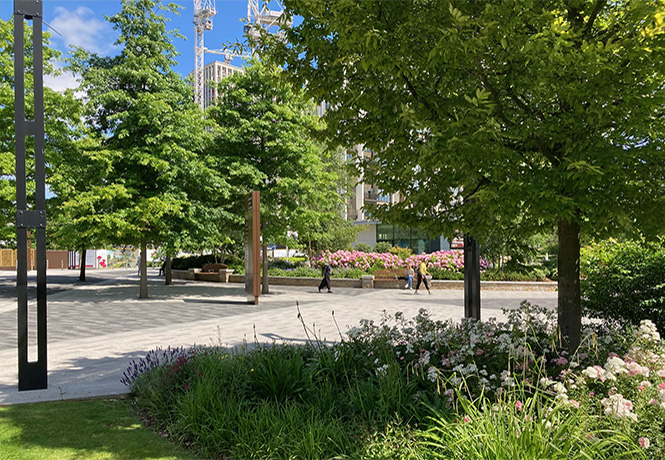
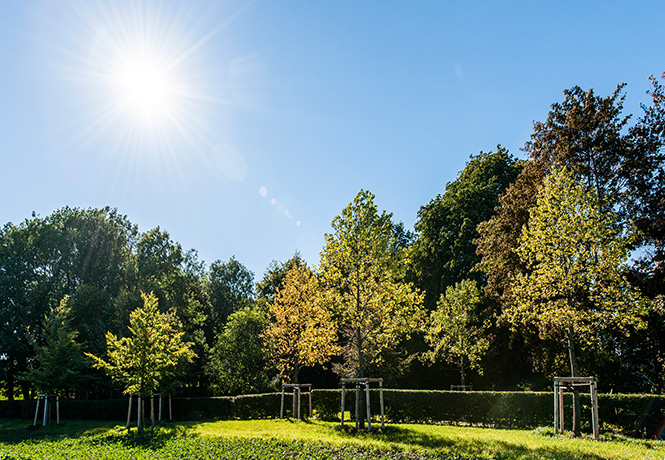
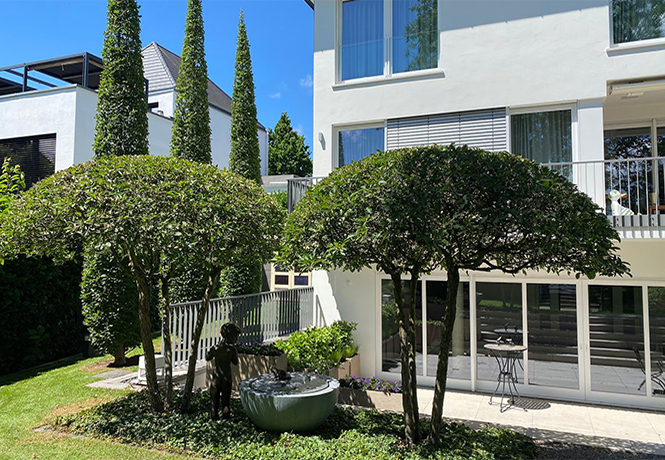
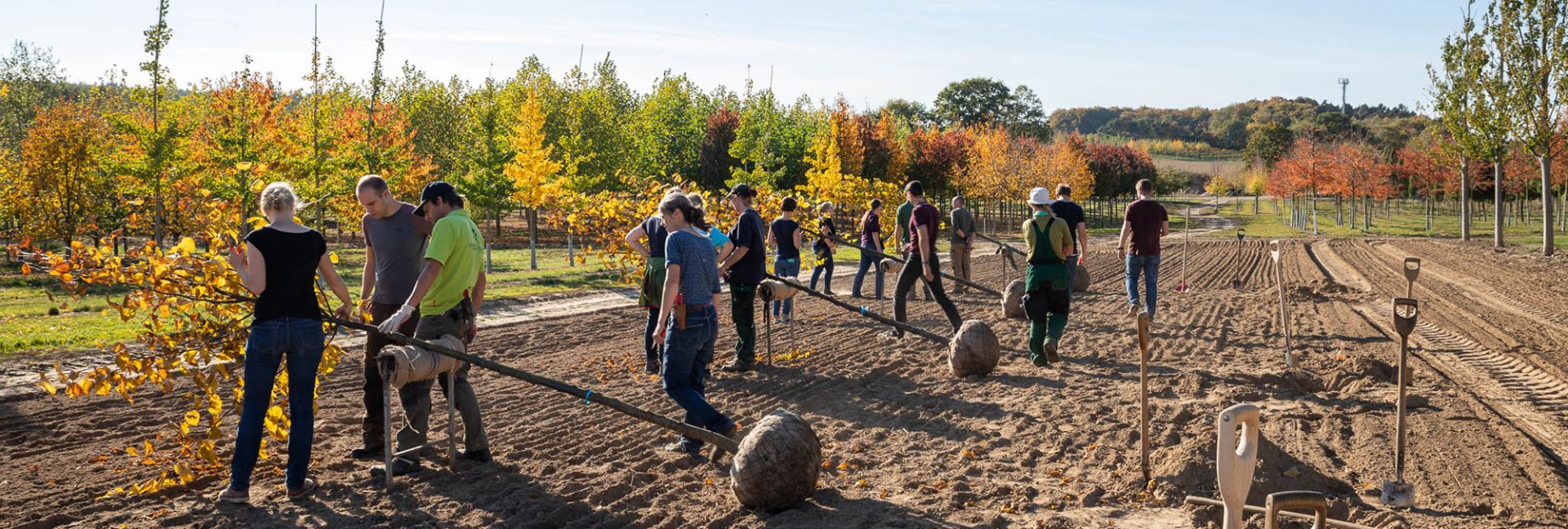

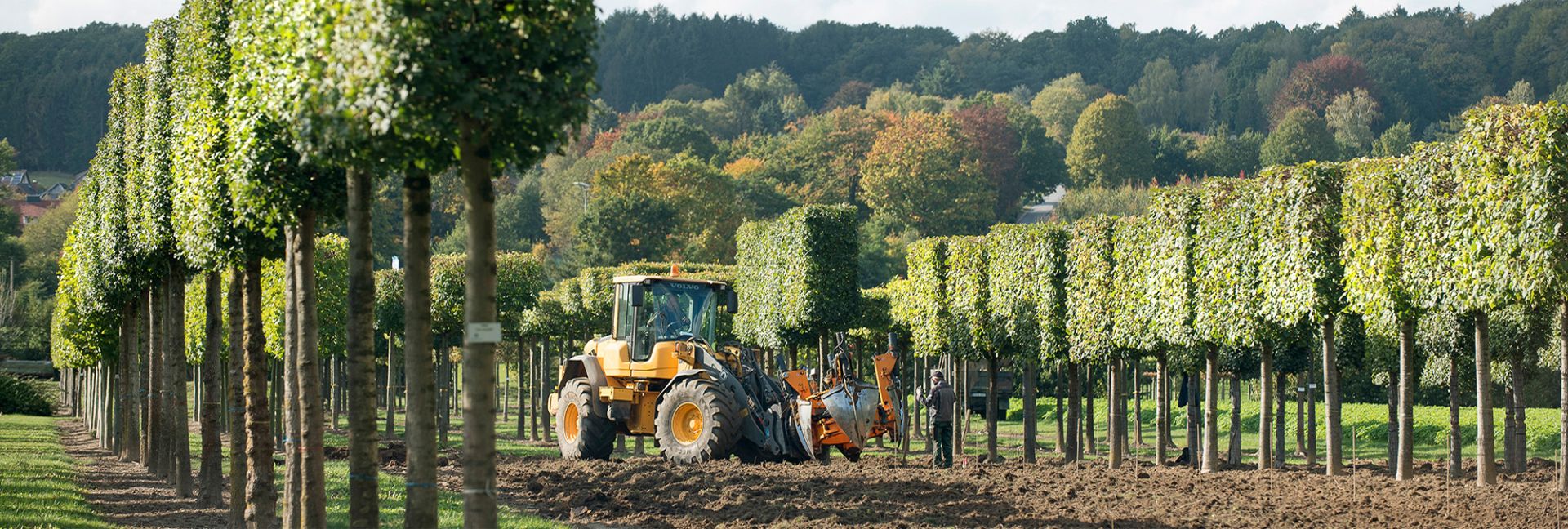


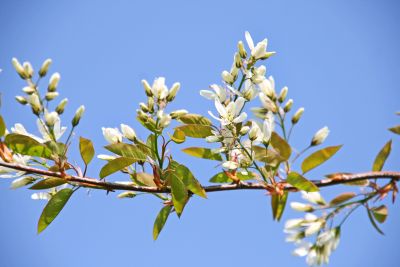

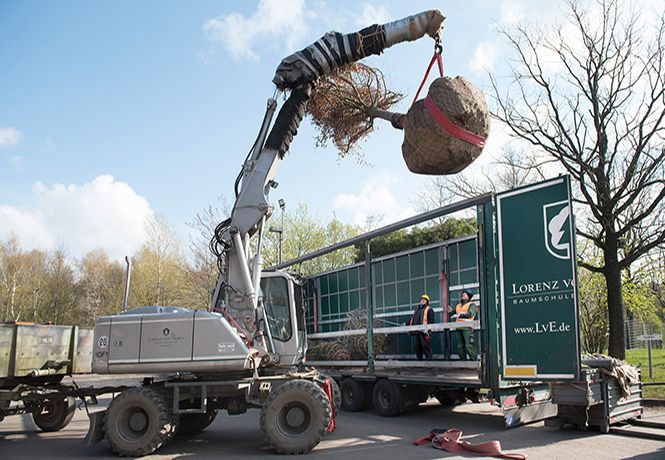
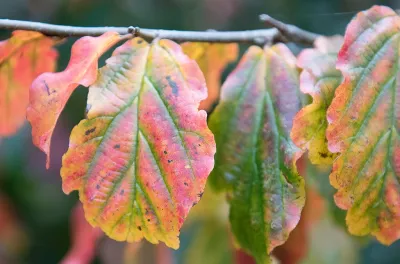


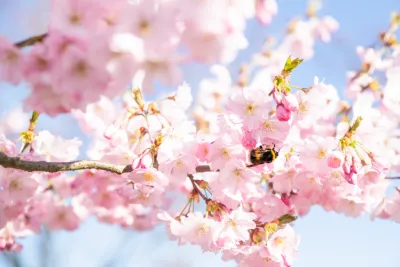
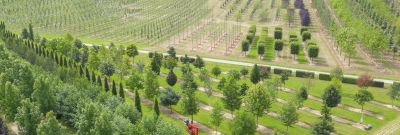


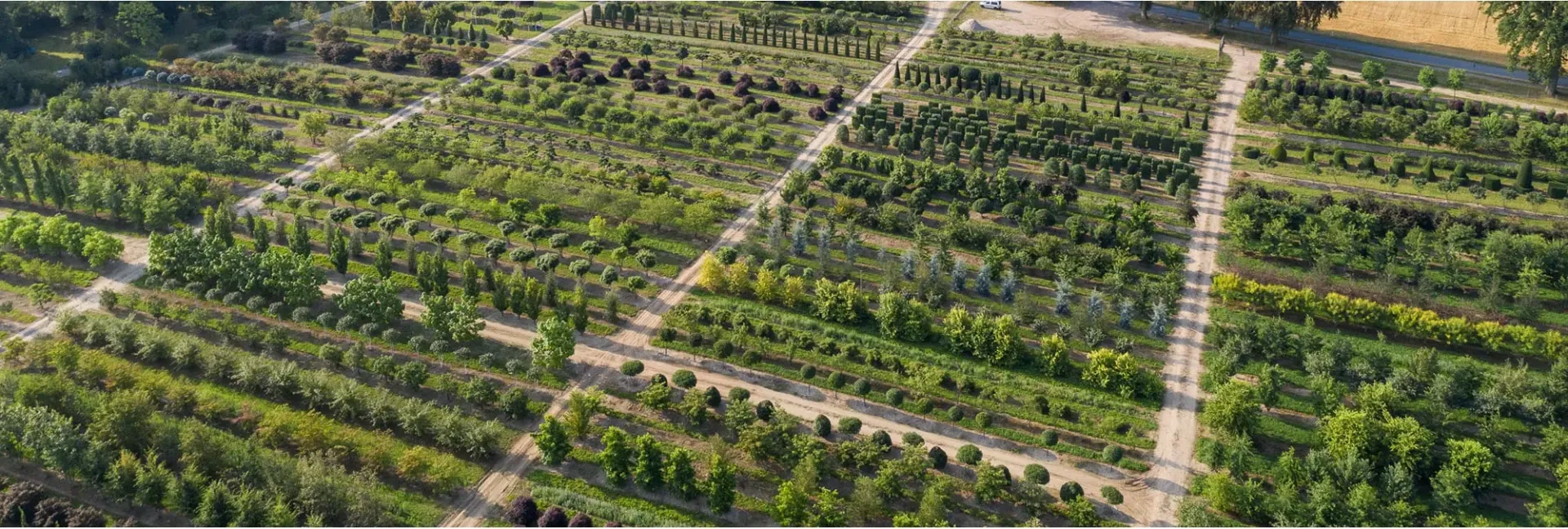
_400x400.webp)
